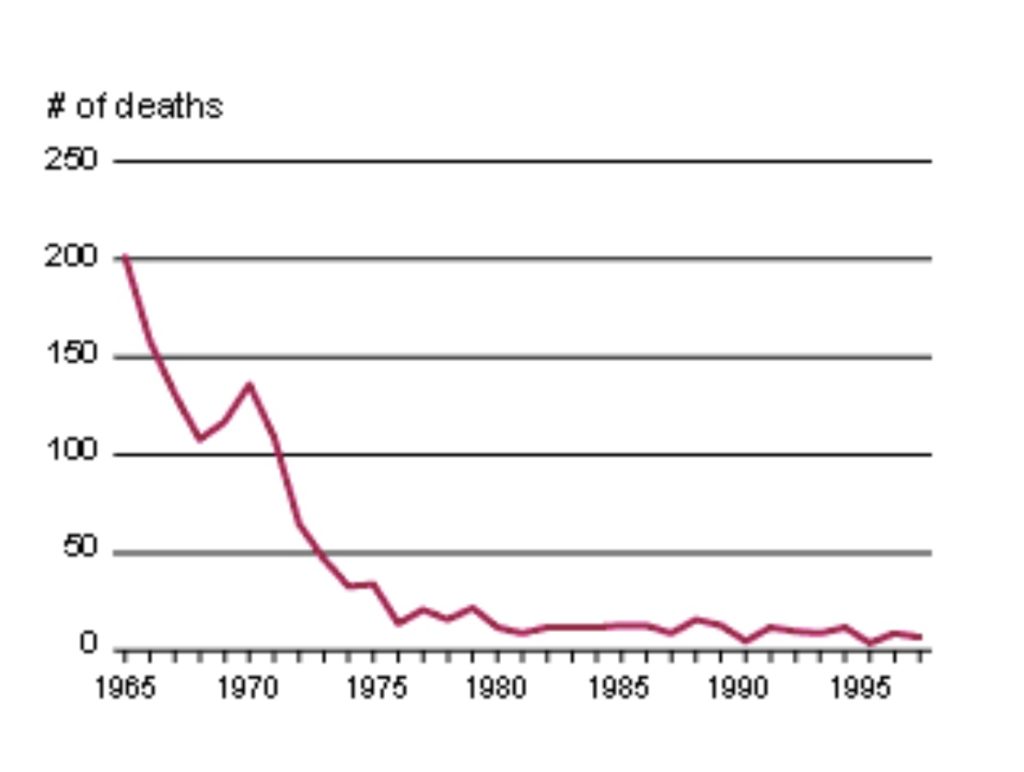
Abortion has been practiced by all societies that anthropologists have studied. Most past ways of causing an abortion are either ineffective or dangerous—or both. Midwives prescribed herbs for centuries to cause abortion, but they can be fatal if the dose that is too large. Physical methods, like beating the woman’s swollen abdomen, were also frequent. Purposely falling down a flight of stairs was not uncommon. Perhaps the most frequent way of aborting a pregnancy in the 20th century, before Roe v. Wade, was to insert something into the uterus. Coat hanger wire or knitting needles were repurposed for this.
Fifty years ago, when I was in general practice, I reviewed the chart of a woman in her 40s before meeting her. I learned that she had had a hysterectomy, then read the pathology report stating that there was a 6-inch splinter of wood found in the uterus.
“How did it get there?” I asked innocently when I met her.
“I don’t know” was her reply. Then it dawned on me.
Other dreadful ways of attempting to terminate a pregnancy include douching with harsh chemicals, shooting the fetus while in the uterus, and suicide. The maternal mortality rate in the USA dropped precipitously in 1973 when the Supreme Court legalized abortion in all states. I fear that the Dobbs decision will cause an increase in our country’s already high maternal mortality rate.
Death is not the only problem caused by making abortion illegal or unobtainable in many states. A good friend of ours had an illegal abortion in the 1960s, but was unable to conceive later when she was married. It is likely her unsafe abortion caused an infection that prevented the desired pregnancy.
In the past, women in Chicago took abortion care into their own hands—literally. The Jane Collective learned how to perform abortions safely and did so in the apartments of willing tenants, thereby escaping police detection. A California psychologist, Dr. Karmen, helped women by developing aspiration instruments for “Menstrual Extraction”. To avoid the abortion laws, ME was done before pregnancy was diagnosed. And the Clergy Consultation Service, established in New York, referred women nationally to willing physicians for safe abortions.
Since the Supreme Court’s Dobbs decision made it possible for states to outlaw abortion again, other ploys are being used to help women access safe abortions. Most take advantage of medication abortion, using 2 FDA-approved pills. Mifepristone and misoprostol are available by Internet; however, they are expensive and can take weeks to arrive. The advent of telemedicine has improved access in the USA.
One plan is to have access to the medication available just over the border in a state that allows abortion. There is a new clinic in New Mexico, a few miles from Texas, so women can get the abortion pills if they cross the border. Planned Parenthood in Illinois will be providing the same service from a van for residents of Missouri and other neighboring states. Perhaps the most innovative work-around is in Arizona. Camelback Family Planning will perform the ultrasound and counseling, then the information is sent to a California doctor who then prescribes the medication. The woman picks up her pills at a post office in a California border town—all free, thanks to the Abortion Fund of Arizona.
There are several funds that help women get to abortion clinics and also aid with the cost of abortion care, some local and some national. I donate to both Colorado’s Cobalt Abortion Fund and to the National Network of Abortion Funds—both are tax deductible.
Almost 60 years ago the Clergy Consultation Service found ways around the laws that prohibited abortions. Now we have their experience, plus Internet and medication abortion. Although Dobbs is a setback, today women are better off than before Roe.
© Richard Grossman MD, 2022